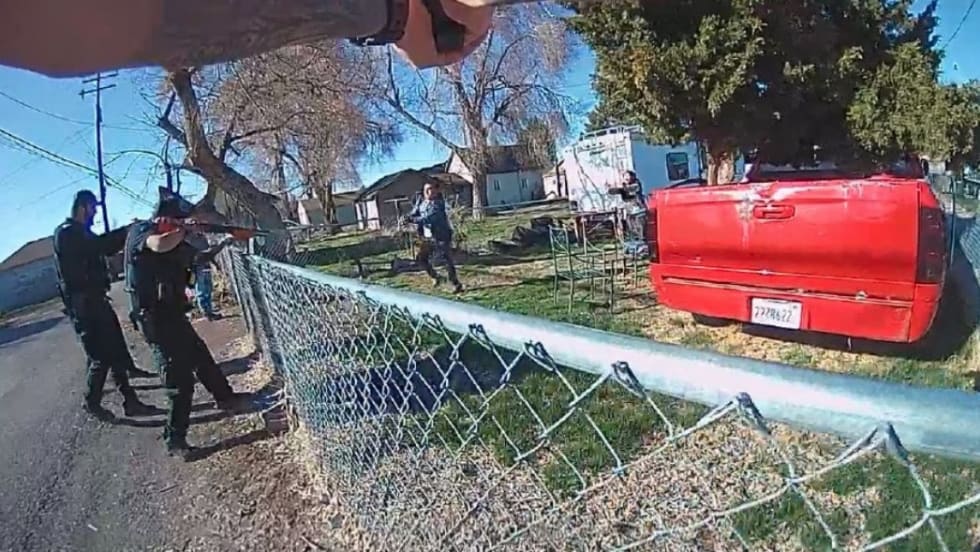Storage is only useful if it allows access to the data when it's needed. "Don't put the storage in a prison so it's locked away and not accessible," says Cleaveland. Evidence management systems of course help organize the data and make it much easier to find and retrieve as needed. And an integrated solution that ensures the compatibility of all devices collecting digital evidence is helpful. This is true whether the data is being uploaded to the cloud or manually transferred.
Payment Model
Storage needs depend on the number of devices that will be capturing data, the size of data captured per hour, for instance, how many hours of data, and how long the evidence will need to be kept. This helps determine the amount of storage that will need to be paid for.
Agencies pay for both storage and management services using a subscription model. "They pay per device, typically, for both the equipment and the storage," says Cleaveland. "They essentially provide upfront an unlimited amount of storage. You begin by storing a small amount the first year, and more as you go. You're paying for a lot of unused storage at first. But it evens out as you are using more down the road," he explains.
There are different subscription models available for cloud services, including monthly, annual, and multi-year agreements. "It's going to be up to the vendor to make sure that they have the payment policies or the subscription terms that are convenient and flexible for customers," says Ceresato. "So for government purchases, oftentimes we'll be looking to make annual or multi-year commitments to facilitate procurement through an RFP. But it's still advantageous for smaller contracts to be purchased monthly, maybe on a procurement card. And at that point, it could just be paid off on a month-to-month basis."












